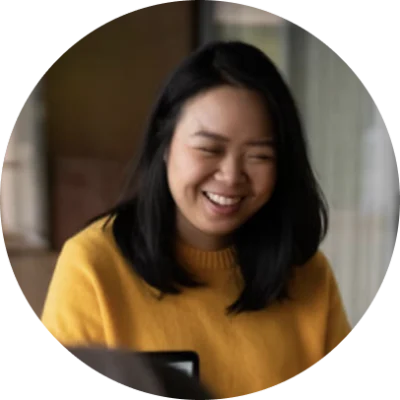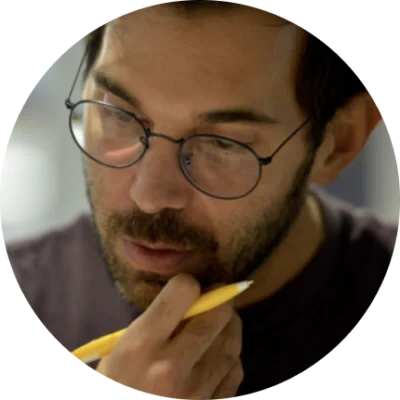In 1996, I graduated from high school barely able to read.
I was reading at an elementary level. I couldn’t decode words, and I definitely couldn’t retain sounds. For years, school was a source of frustration and quiet embarrassment. I knew I was capable of more, but I didn’t have the tools to prove it—not to myself, and not to anyone else.
Then something changed.
I was introduced to a part of the dictionary most people ignore: the pronunciation symbols.
Those little marks, found between slashes next to every word, turned out to be the start of everything for me.
Discovering the Code That Changed Everything
At age 18, I met Dr. Robert T. Nash, a brilliant educator who saw something in me. He opened a Merriam-Webster dictionary, pointed to the pronunciation key, and said, “This right here is the secret.”
He was right.
He taught me that those phonetic symbols aren’t just academic noise. They’re a map, a code, a system for how the English language works. When you understand the code, reading isn’t about memorization anymore. It becomes about logic, structure, and confidence.
That insight unlocked something in me. I didn’t just learn to read, I learned how to learn.
The Legacy of Mentorship
Before he passed away in 2017, Dr. Nash shared with me his life’s work: a philosophy called Pure and Complete Phonics. It matches every sound in English to a consistent spelling pattern, all grounded in the dictionary. We weren’t just decoding words. We were uncovering human potential.
The system helped countless learners, including me, build literacy through understanding rather than repetition. It opened the door to learning and helped me move past shame, doubt, and feeling stuck.
Dr. Nash and I were later inducted into the Reading Hall of Fame together. But the real reward is seeing what happens when someone realizes they are not broken—they just needed a better path.
Why This Still Matters
The sound-symbol system in the dictionary does more than teach pronunciation. It builds critical thinking, pattern recognition, and independent learning.
These are essential life skills, especially for gifted and neurodivergent learners who often feel overlooked in traditional systems. Intelligence isn’t just about speed. It’s about depth, clarity, and connection. That kind of growth starts with access.
The Mensa Foundation encourages us to rethink intelligence. This story is part of that conversation. It’s not about defining who is smart. It’s about expanding how we understand intelligence in the first place.
Yes, It’s Hard. But It’s Worth It.
Learning this system isn’t always easy. The phonetic symbols can seem unfamiliar. The early steps can be challenging. But it gets easier with the right support.
Here’s what helps:
- Start with plain language. Break symbols into understandable, relatable terms.
- Build support systems. Encouragement and consistency matter.
- Take it step by step. Introduce new ideas gradually to help learners build mastery, not just memory.
When people stick with it, confidence grows. Independence builds. Possibilities expand.
More Than Reading—It’s Identity
This idea of empowerment is what drives everything I do, including the Dr. Dyslexia Dude series that my wife and I created.
The books don’t teach decoding, but they offer something just as valuable. They show kids with dyslexia that they are strong, smart, and capable. They say, “You belong. You can learn. You can lead.”
Representation and confidence go hand in hand. When students see themselves as capable, everything starts to shift.
Want to Go Deeper? Download My Free Decoding Guide
If you’re an educator, reading specialist, or parent looking for practical tools, I’ve created a guide just for you:
Decoding with Merriam-Webster Symbols: A Structured Approach
It breaks down 24 complex words using a clear, symbol-based decoding method. This system is designed to support students, especially those with dyslexia, in building clarity, confidence, and independence.
Download the decoding guide here.
It’s a step toward making learning work for more people, in more meaningful ways.
Let’s Talk. I’m Here to Help.
If any part of this story resonates with you, whether you’re a parent, a teacher, a student, or someone still searching for your next step, I want you to know you’re not alone.
You don’t have to figure everything out on your own.
I’m here to help. Whether you’re looking for resources, guidance, or just someone to talk to, I’m ready to support your journey.
You can also explore tools and materials I’ve developed to help students thrive and educators lead with clarity and purpose.
Visit drdyslexiadude.com to learn more.
Contact me here.
Let’s keep unleashing intelligence and nurturing brilliance, together.
About the Author
Dr. Shawn Anthony Robinson, widely known as “Dr. Dyslexia Dude,” is a reading advocate, scholar, and author whose work bridges education, equity, and empowerment. After overcoming significant literacy challenges in his youth, he now shares his story to inspire others and support their learning. He is the creator of the Dr. Dyslexia Dude graphic novel series, which celebrates neurodivergent brilliance and builds confidence in young readers.











Comments (0)